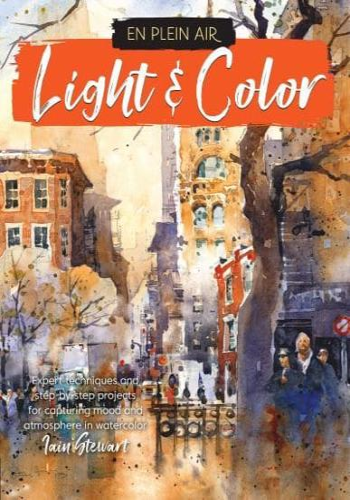Geared for beginning artists, En Plein Air: Light & Color introduces a variety of techniques for on-location watercolor painting. Following a brief introduction to the basics of painting en plein air and an overview of the necessary tools and materials, you will learn how to choose a subject and paint a compelling outdoor composition using the subtleties of watercolor to create beautifully expressive subjects and themes.
Other important topics include perspective, rendering the background and foreground, capturing both urban and pastoral landscapes, mastering color to convey weather and time of day, and much more. From choosing just the right subject to awaiting the perfect time of day, let En Plein Air: Light & Color guide you in your artistic travels as you explore this daring and expressive medium.
Painting outdoors is a rewarding, peaceful experience full of joy, adventure, and persistence. Let the En Plein Air Series guide you in your artistic travels as you explore this daring and expressive method of painting, wherever you may be.







